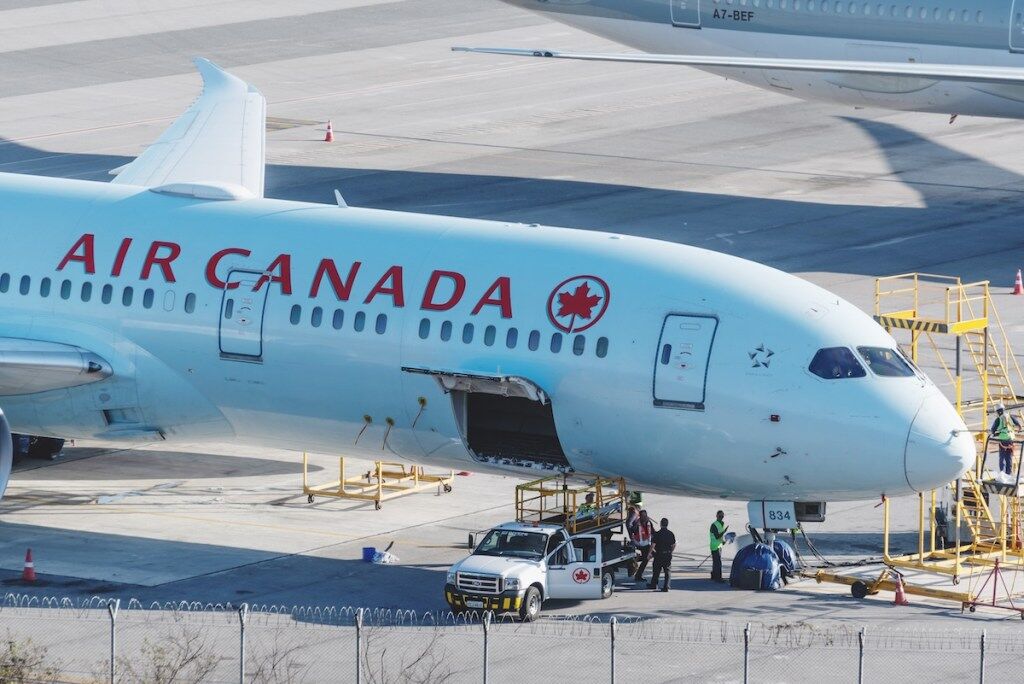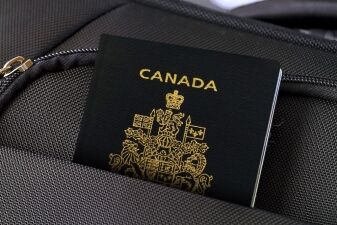

You must apply for a visitor record to extend your stay beyond 6 months after entering Canada on a visitor visa.
This allows you to continue your stay as a visitor for additional 6 months.
It is important to apply for a visitor record before your current stay of 6 months ends.
While your application is under processing, you can stay legally in Canada on implied status until a decision is made by IRCC on your visitor record application.
So, if you are unsure about the process, don’t worry, we have got you covered.
This article provides a comprehensive guide on everything you need to know about applying for a visitor record to extend your stay in Canada.
You need to apply for a visitor record if you want to –
Please note that it doesn’t matter how you initially entered Canada, whether through a visitor visa, electronic travel authorization (eTA), or any other document.
A visitor record is mandatory for an extended stay. However, you cannot work or study with a visitor record.
To continue staying in Canada as a visitor, or to change your status (from international student or worker to a visitor for example), you should submit your application at least 30 days prior to the expiration date of your current status.
However, you can also submit an online application even 1 day prior to expiry of your 6-month stay, but it is not recommended.
You can find the expiry date for your status on –
In most cases, you must apply online to get a visitor record. Using the online application platform can have several advantages –
Firstly, it enables IRCC to receive your application immediately, avoiding any courier fees or waiting time for mail delivery.
This may lead to faster processing times for your application.
Additionally, submitting your application online allows you to ensure that all necessary information is included before submitting.
If required, additional documents can be quickly submitted online as well.
Finally, updates on the status of your application are provided directly through your online account.
If you have already submitted a paper application, there is no need to resubmit the same application online.
To apply for a visitor record, you need to follow the steps mentioned below-
The first thing you need to do is refer to the IRCC instruction guide.
This will help you with case-specific documents and instructions. Once you have done that, you need to fill out the following forms:
You will not be able to open these forms by directly clicking on it. Download the forms and then open to fill them out using a PDF editor.
You need to answer a few questions before uploading your forms. This will help you get get a personalized document checklist.
The answers you need to provide when applying for a visitor record are –
The next thing you need to do is create your GCKey account. If you have already created one, you can sign in and –
The application processing fee for a visitor record is $100. You need to have a debit or credit card to pay the fees.
If you can’t apply online, a paper application can be submitted instead. This is applicable in certain circumstances like –
Once you have applied you should book your biometrics collection appointment as soon as you can. This will avoid any processing delays.
You can contact IRCC using the Web form in case your processing time has passed.
The processing time for a visitor record for online applications is currently 151 days for online and 106 days for paper-based applications, as per latest IRCC official update.
Lastly, remember that your visitor record is not a visa. The date indicated on your visitor record is the date by which you are required to leave Canada.
You need to present one of the following documents: a visitor visa or an electronic travel authorization (eTA) along with a valid passport or travel document.
No, you cannot work or study with a visitor record. If you want to work or study in Canada, you need to apply for a work permit or study permit separately.
You should submit your application at least 30 days prior to the expiration date of your current status.
No, a visitor record does not serve as a valid entry document to re-enter Canada. You need to have a valid entry document such as a visitor visa or eTA to come back to Canada after leaving.
Satinder brings expertise, knowledge, and experience related to internal work flows at IRCC. She worked at Canadian Consulate in Chandigarh before moving to Canada. Her articles on “Chinook – An internal IRCC tool used to bulk process temporary applications” was one of the notable work on our news website












Something went wrong. Please refresh the page and/or try again.